Why such efficacy ?
1. Immersion
The user will be immersed in virtual environments designed to recreate the feared situation.
2. Cognitive restructuring
The user will unlearn negative reactions, such as catastrophic thoughts (“Something bad will happen to me”), and rebuild positive thought patterns (“I am safe”).
3. Repetition
Through repeated exposures, these patterns will become quickly and permanently ingrained in your mental functioning.
4. Progressiveness
The gradual increase in the difficulty of the environments will allow the user to progressively desensitize to the anxiety experienced and regain confidence in their abilities.
5. Personalization
With Artificial Intelligence, they will be supported and encouraged in a personalized way throughout the exposures.
Receive the C2Care method for free, combining Artificial Intelligence and Virtual Reality !
The AI revolution !
The various phobias !
Transport
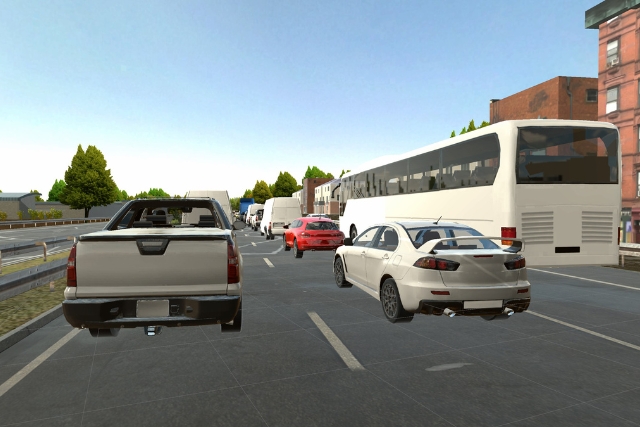
Transport
The fear of transportation is a common form of anxiety that can significantly impact daily life. Taking the subway, flying, or driving can become particularly stressful due to the speed and unpredictability of surrounding interactions. Virtual reality allows individuals to expose themselves to driving or public transportation scenarios, helping them regain confidence in their ability to handle unexpected events in these situations.
Acrophobia
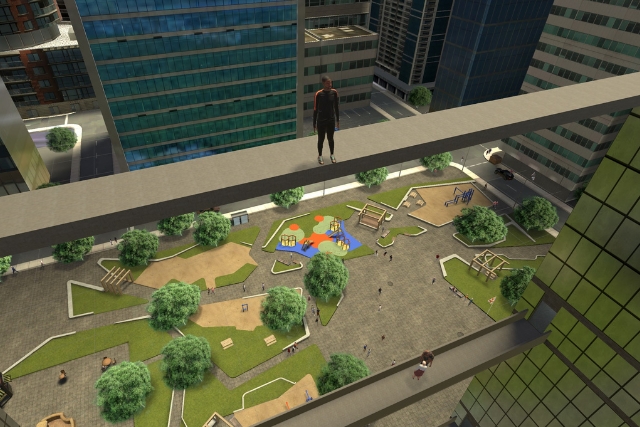
Acrophobia
Acrophobia, or the fear of heights, is an intense and irrational fear experienced in elevated or high-altitude locations. It can affect leisure activities, such as mountain hiking, as well as travel, particularly when crossing bridges. This anxiety, often disproportionate to the actual danger, can trigger panic reactions, whether in real situations or simply anticipated.
Agoraphobia
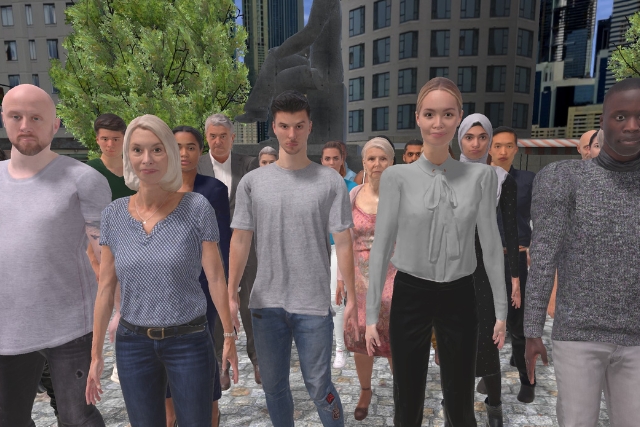
Agoraphobia
Agoraphobia is characterized by an excessive and irrational fear of being unable to leave or escape from a location. It can also involve a fear of being in crowded spaces or heavily populated public places. Gradual exposure helps reduce avoidance behaviors by allowing individuals to adapt progressively to anxiety-provoking contexts, enabling them to face these situations calmly in real life.
Claustrophobia
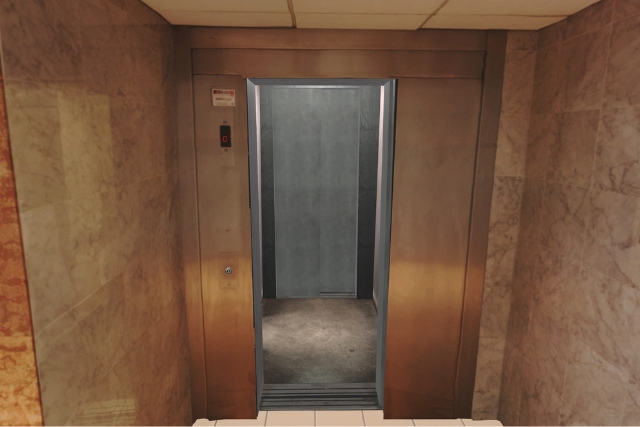
Claustrophobia
Claustrophobia is an excessive and irrational fear of enclosed or confined spaces, such as elevators, tunnels, or small rooms. This anxiety can cause intense physical symptoms, including palpitations, a feeling of suffocation, or dizziness, often accompanied by an overwhelming urge to flee. With virtual reality, it is possible to immerse oneself in any type of environment from the comfort of home.
Other specific phobias
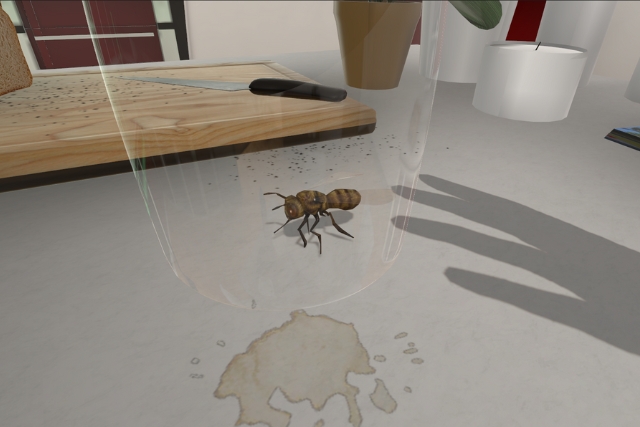
Other specific phobias
A specific phobia is an irrational and uncontrollable fear of a particular situation or object, such as spiders, wasps, rats or dogs, causing intense reactions like palpitations, sweating, or an urge to escape. Virtual reality offers a safe and progressive way to confront these fears or OCD, providing a unique opportunity to regain control and overcome these challenges.
Lives changed thanks to our method.
Feel free to customize your exhibitions for a fully immersive experience !
Each environment can be personalized by precisely choosing the situation to be exposed to :
Type of road : A variety of configurations is available, such as single-lane city streets, multi-lane highways, country roads, or crossings over bridges and through tunnels.
Flight phase : From boarding to takeoff, turbulence, and landing, every aspect of air travel can be addressed.
Platform height : Whether on the first floor of a building or the rooftop of a skyscraper, managing anxiety at one’s own pace is key to success, particularly for acrophobia.
Public space density : The size of the crowd and the behavior of its members can be adjusted to ensure gradual exposure in public transportation or supermarket scenarios.
Conversations : With artificial intelligence, users can engage in interactions with virtual characters in these environments, providing deep immersion and meaningful participation during exposure sessions.
They testify to the effectiveness of C2Care !

Jade - User
Since always, even a small spider paralysed me with fear. With C2Care virtual reality therapy, I was able to gradually expose myself to these situations in a controlled environment. Today, I can see them without panicking, and it gives me a real sense of freedom.

Jordan Fannis - Psychologist
I saw in the field what it brings to my patients, satisfaction, and then with a little bit of gamification, we enjoy going to work. It creates a kind of connection between my patients and me.

Joseph - User
Social interactions were so frightening to me that I avoided gatherings and conversations. The personalized support of C2Care, I was able to simulate these situations and get used to it little by little. I feel more comfortable with others and my social life is improving.

Bruno - User
Virtual reality exposure therapy is truly effective when combined with counselling. Many thanks to Marie-Luce JACOB, for her kind listening and analytical skills. She was able to make me feel confident so that I could go beyond my limits.
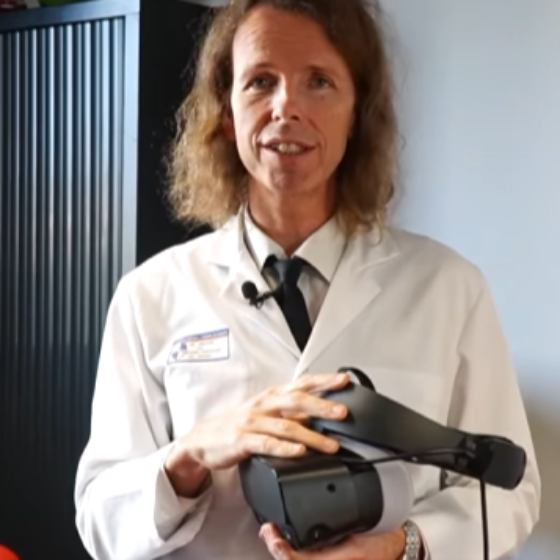
Dr Eric Malbos - Psychiatrist
In terms of effectiveness it is more effective than traditional CBT and can be done in the office or hospital. We also see, as studies like the one by García Palacios show, that there is a better motivation, patients are more motivated to do this therapy than traditional therapies.
Do you need further information or have any specific questions ?
Our environments in image










